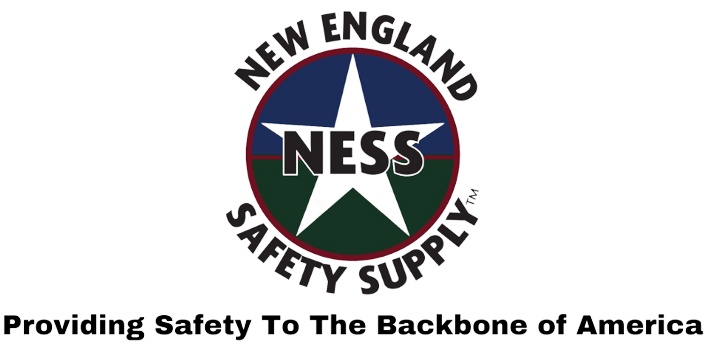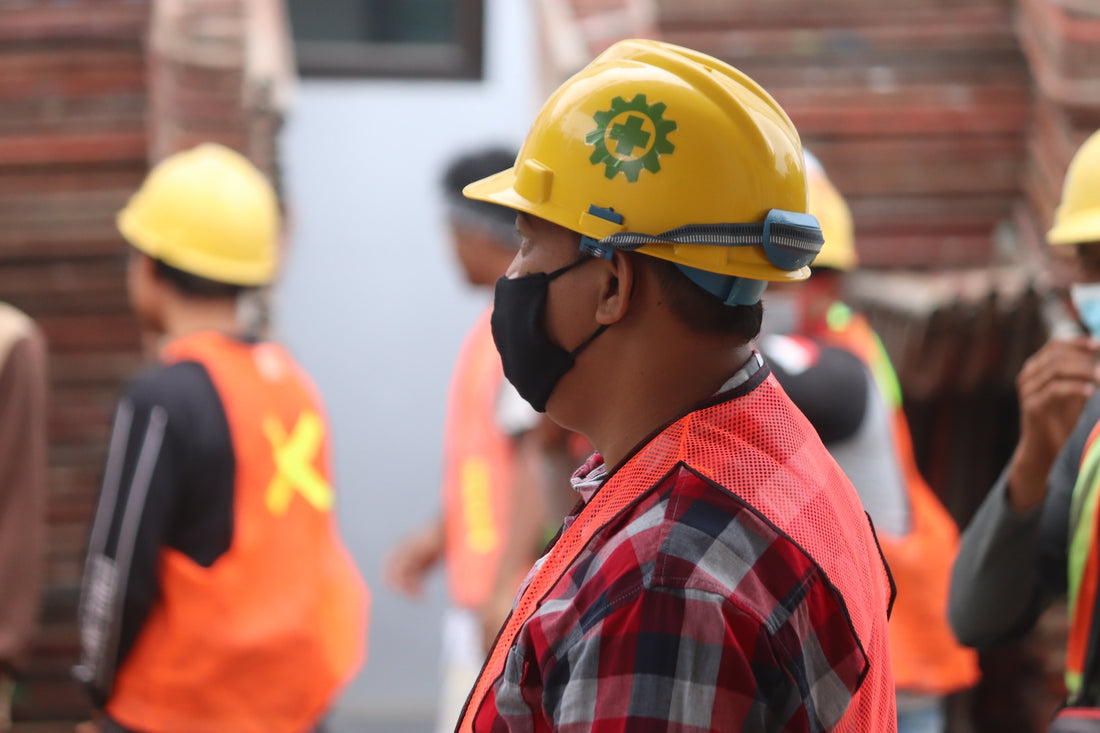Personal protective equipment (PPE) is a critical component of workplace safety, especially in the construction industry where workers are exposed to a wide range of hazards. The Occupational Safety and Health Administration (OSHA) has published a guide to construction PPE, outlining the different types of equipment that workers may need to wear to protect themselves from various hazards on the job.
Here are some of the PPE items outlined in the guide:
-
Hard hats: Hard hats are a crucial piece of equipment for construction workers, as they protect the head from falling objects, electrical hazards, and other potential hazards.
-
Eye and face protection: Eye and face protection, such as safety glasses or goggles, are essential to protect against flying debris, sparks, and other hazards that can cause eye injuries.
-
Respiratory protection: Respirators protect workers from breathing in harmful dust, vapors, or gases. There are several types of respirators, including air-purifying respirators and supplied-air respirators, which are selected based on the specific hazards present in the workplace.
-
Hearing protection: Loud noise is a common hazard on construction sites, and prolonged exposure can cause hearing damage. Earplugs or earmuffs can help reduce the risk of hearing loss.
-
Hand protection: Gloves protect workers’ hands from cuts, punctures, and other injuries. There are many types of gloves available, such as leather gloves, cut-resistant gloves, and chemical-resistant gloves, depending on the specific hazards present on the job.
-
Foot protection: Safety boots or shoes with steel toes protect workers’ feet from crushing hazards and other foot injuries.
-
Fall protection: Falls are one of the leading causes of injuries and fatalities in the construction industry. Fall protection equipment, such as safety harnesses, lifelines, and guardrails, help prevent workers from falling from heights.
It’s important to note that while PPE is essential, it should not be the only line of defense against hazards in the workplace. Employers should implement other measures, such as engineering controls and administrative controls, to minimize the risks to workers.
In conclusion, PPE is a crucial element in ensuring workplace safety, particularly in the construction industry. Employers should ensure that workers are provided with appropriate PPE and trained in its correct use and maintenance. By using the correct PPE and following proper safety protocols, construction workers can minimize the risk of injuries and fatalities on the job.

 (508) 492-8975
(508) 492-8975


